6 Tips To Grow The Best Kitchen Herb Garden & Cultivate It
Wondering how to grow a kitchen herb garden? If the idea of cultivating your own herbs at home inspires you, read on and learn how to have your own kitchen herb garden!
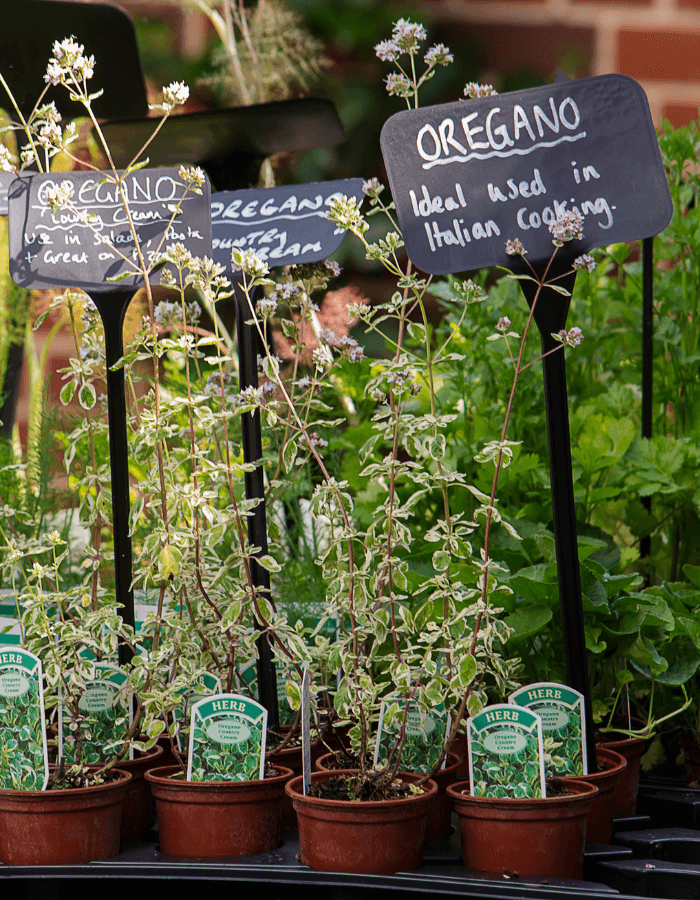
Growing a kitchen herb garden is such a delightful way to introduce delicious flavors and scents to your cooking and your life.
And the best? It’s so easy!
The joy of cooking with herbs you’ve grown yourself is an inspiring and satisfying experience. Whether it’s Spaghetti all’Amatriciana or a simple cup of mint tea, one appreciates flavors differently.
Planting herbs is a simple yet rewarding project that will elevate your culinary game and add a beautiful pop of color to your home as well, no matter if you’re a seasoned gardener or a complete beginner.
How To Grow A Kitchen Herb Garden
The process is simple and doesn’t take much expertise, making it a fantastic project to tackle this season!
1. Pick the perfect spot for your herbs:
The key to a successful herb garden is light. To start on the right note from the start, you need to examine your home and find a sunny spot where you’ll want to put your kitchen herb garden.
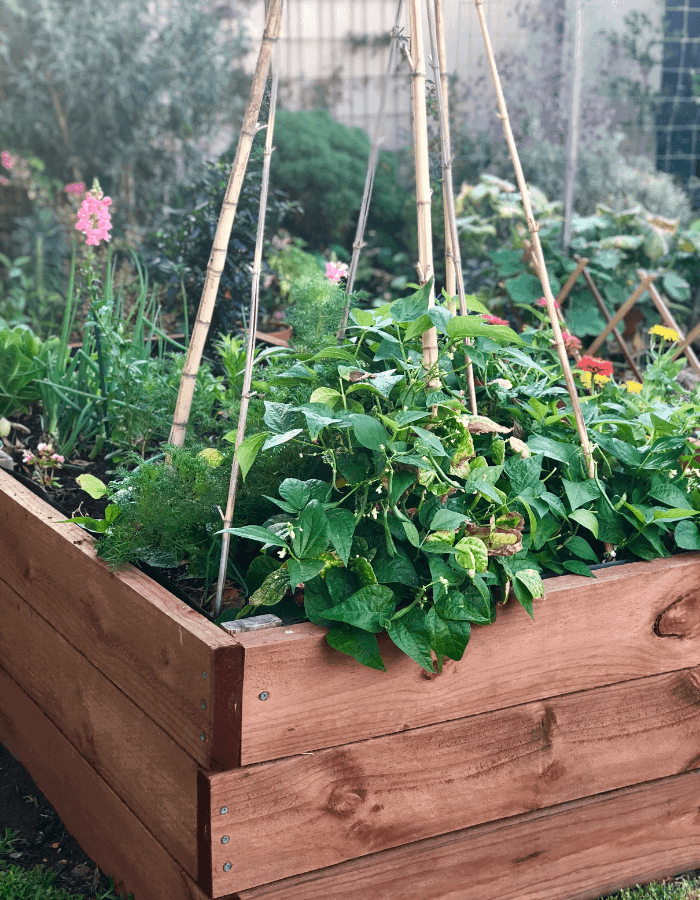
For your herb garden to truly thrive, it needs at least 6 hours of sunlight per day. If you don’t have a yard where to grow your herb garden, a windowsill or outdoor balcony with natural light would work perfectly too.
You can also grow herbs indoors if you have a sunny window that gets lots of sunlight throughout the day.
Not a lot of natural light in your home? No worries! If your home lacks natural light, consider investing in a kitchen herb garden with light or a full-spectrum grow light to help your plants. There’re many options out there depending on how much you want to invest, but I recommend one with an indoor gardening system, like this one or this dual-head clip-on grow lamp. Another option is to grow a kitchen herb garden that is hydroponic, like this one.
2. Decide which herbs you’ll want to grow:
Now, the fun part!
You need to decide and research a bit on the herbs you’d like to grow. When making your own kitchen herb garden, pick herbs based on your favorite dishes and scents, while also considering the space conditions you’re working with. Another thing to keep in mind is to choose herbs that have similar growing needs, so you can plant them together in one area without having any issues later on.
To ensure that herbs thrive together, I always group them according to the amount of water and sunlight they require.
Here are a few examples of herbs that have similar needs and can grow well together:
- Oregano, basil, and thyme.
- Lavender, rosemary, and sage.
- Rosemary, sage, and lavender.
- Parsley and cilantro.
- Lemon balm and mint.
3. Chose the right containers for your herbs:
Depending on how many plants you’ll plan to have, you need to find a container that’s big enough.
Of course, a raised bed garden is the ideal spot to grow your own herbs and they come in many sizes to choose from. My favorite outdoor kitchen herb garden is this one by VIVOSUN that has wheels and a shelf to keep your gardening tools organized (makes everything so much easier!).
If you don’t have much space, this compact one by Keter is a great alternative! It’s the perfect size for a small space like a balcony, and also has a handy drainage tap and water reservoir.
If you’re planning an indoor kitchen garden because you don’t have access to good natural light, this hydroponic garden would be my top choice. It even comes with a gourmet herb seed kit to get you started right away!
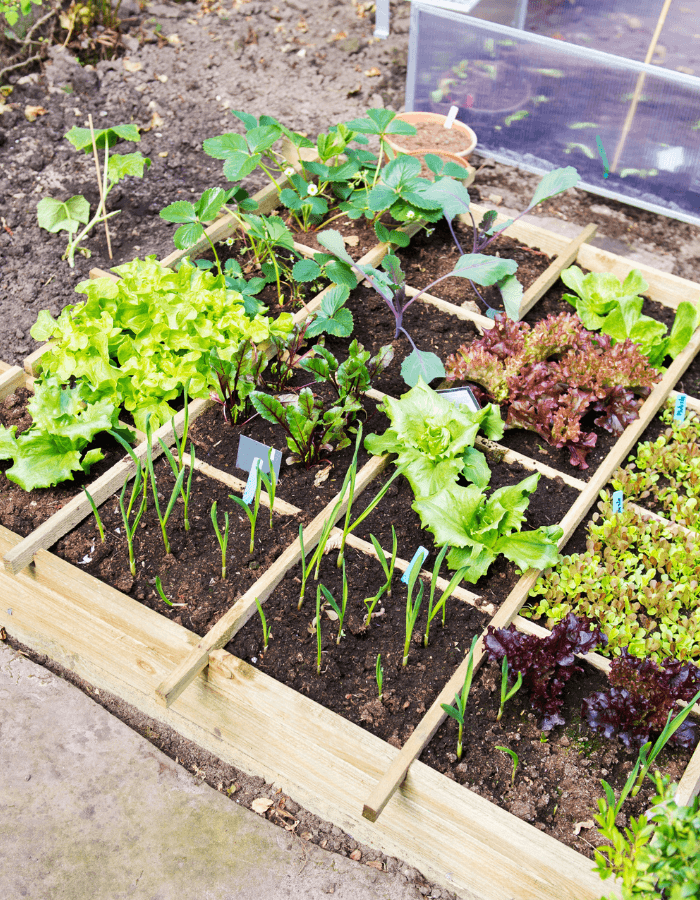
You can also use anything from traditional clay pots to recycled containers like plastic jugs, milk cartons or tin cans. Just make sure each container has drainage holes to prevent water from pooling and causing root rot.
4. Plant your herbs:
You can grow your herbs from scratch by planting seeds. They take around 6 weeks to grow, give or take, so it needs a little patience and trial and error. Another option is to buy pots of small herbs that are already started from big box stores with garden departments and locally owned garden centers (my preference). You’ll also find a kitchen herb garden kit works well, and you can often find these on Etsy. My favorite is this kitchen herb garden planter kit and then this windowsill herb garden as well.
In case the soil you’re working with has a lot of clay in it or is compacted, you’ll need to loosen it before planting, as it will help with the drainage and overall health of your delicious herbs!
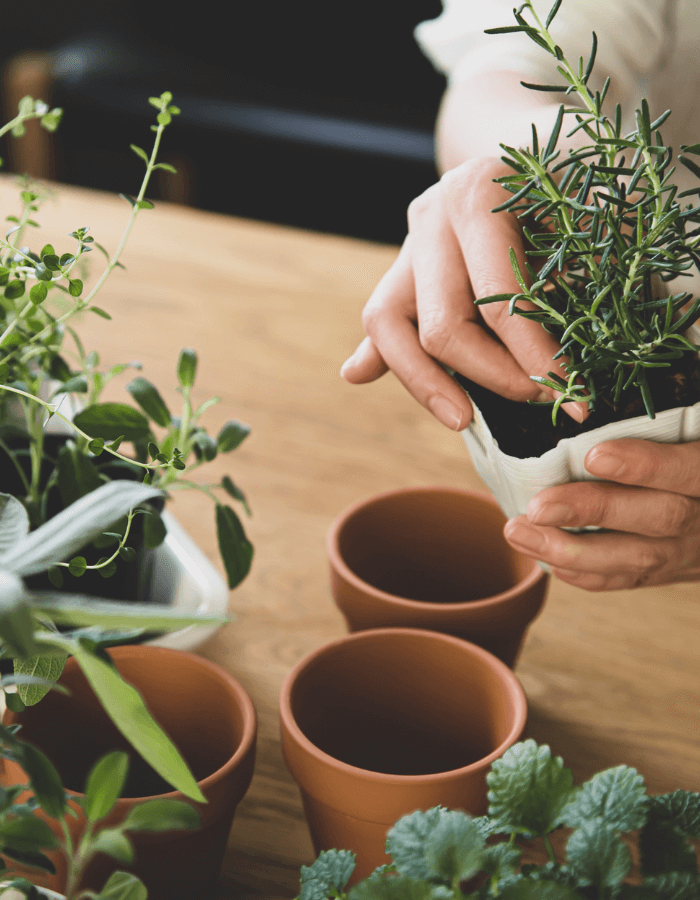
To give your plants the best chance to flourish, layer some moss or compost as well. Water your herbs thoroughly after planting, making sure to moisten the soil. Be careful not to over-water them and before you water them again, check that the top layer of the soil is dry to the touch. *TIP* My favorite way to water plants and not overwater is by placing an ice cube or two on top of the soil.
5. Care for your herbs:
Your herbs will need regular care to thrive! You’ll need to water them regularly, keeping in mind each herb’s particular needs. Trimming your herbs regularly is also crucial to encourage healthy growth. Be sure they’re healthy and pest-free by keeping an eye on them. If you do see bugs then fill a spray bottle with water and a few drops of non toxic dish soap. Spray once a day if necessary or until the bugs are gone.
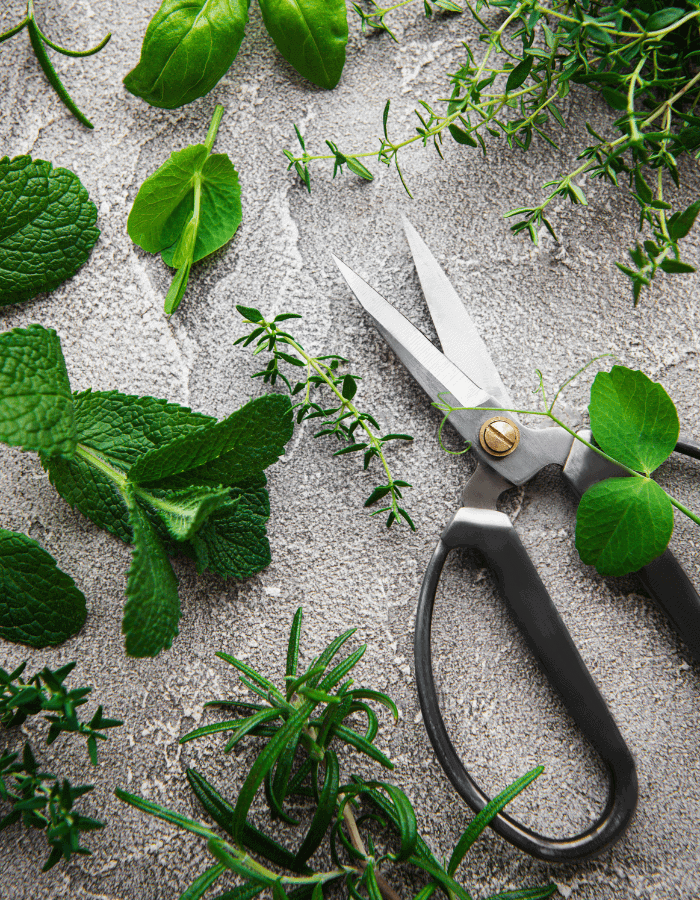
If you feel that your herbs are becoming root bound, this video may be helpful for you to watch.
6. Harvest and enjoy:
As your herbs grow, you can harvest them to use them in your homemade dishes, DIYs or just to enjoy their fragrance.
When harvesting, you need to keep in mind that the thick parts of your herb plants work as the energy source, keeping them nourished and strong. So, when you harvest them, try to mix up the parts you cut out by picking different-sized leaves and avoid cutting off the very leafy leaves and stems. It’s extra important to be careful and not to remove too much of the plant at once!
This may sound like a lot of work, but trust me, once you get the hang of it, it’s easy-peasy and quite satisfying! With a little love and care, your herbs will thrive and provide you with fresh and delicious flavors to use in all of your favorite recipes.
Taking care of my plants and little herb garden is one of those small things that bring my everyday life so much joy!
It’s a moment where I can log off from the noise around me and focus on reconnecting with nature in a mindful manner. Absolutely worth it!
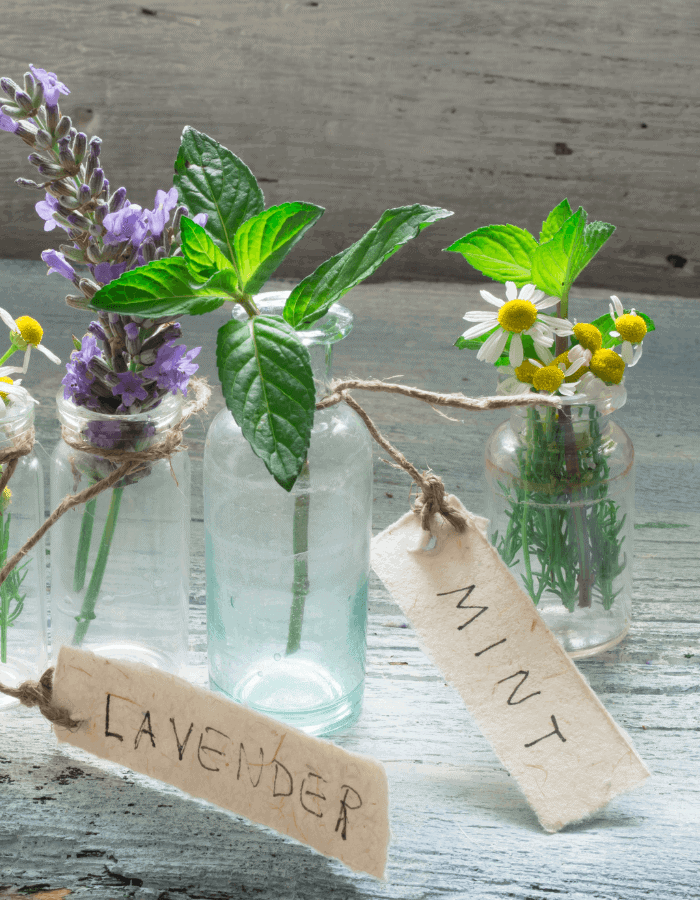
How about you? Do you have a kitchen herb garden or are you planning on making one? Let me know down below in the comments!
Enjoyed this post? These may interest you too!
Rolling Potting Bench DIY- Herb Garden
Simple Tricks To Make Garden Maintenance A Breeze
How To Build A Raised & Covered Vegetable Garden
Pin This Post To Refer To Later!
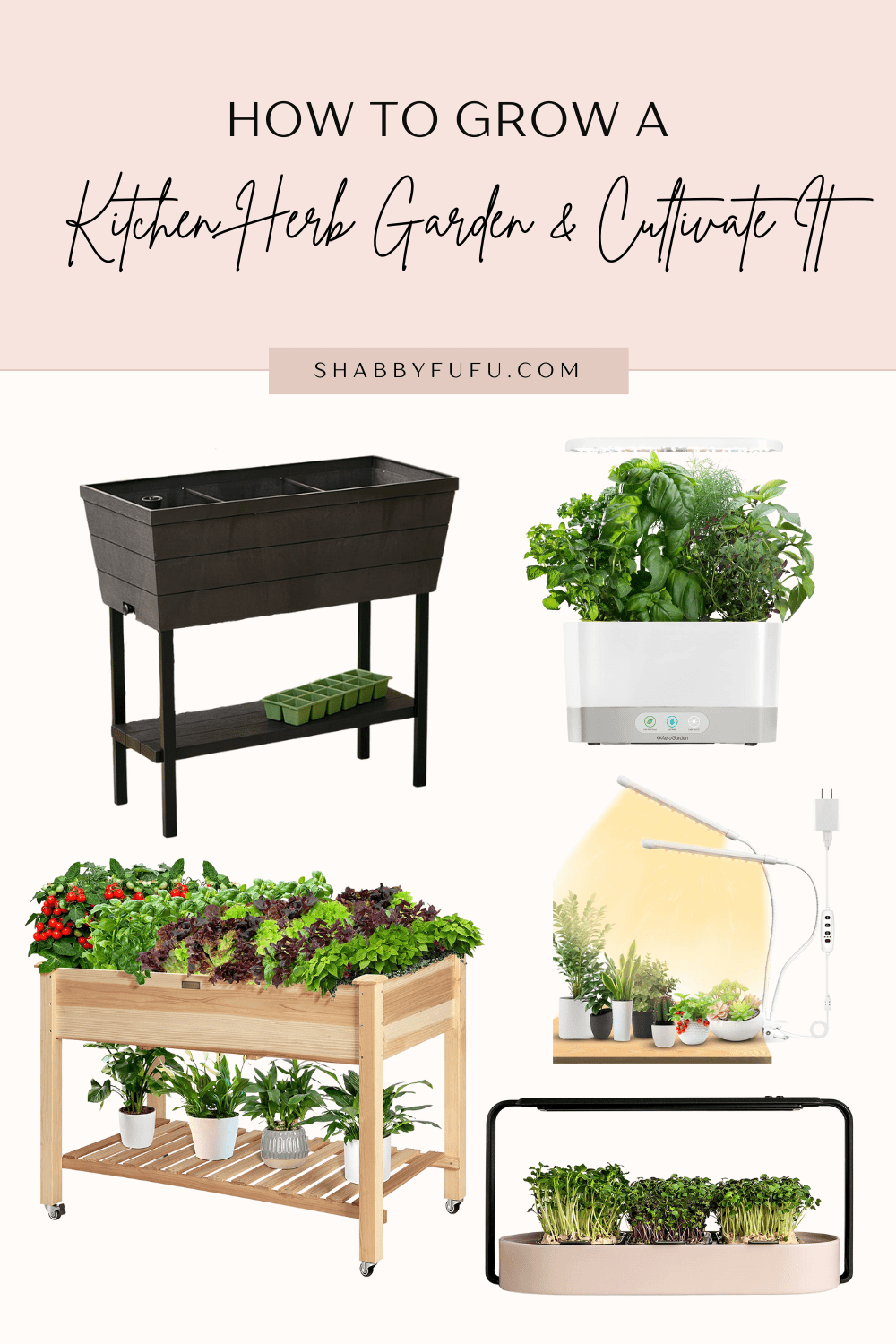
Every summer since I live in the Northeast area Phila, Pa I try and grow herbs
I get started well but I have a problem learning how to cut them back and transfer in larger container. I like Basil, Mint, Cilantro Oregano
Is there a tube that could show me
Thanks for your help
I just updated the post with a video that you might find helpful Eileen, so take a look!
Thank You Just in time I will check it out
Great!
So inspiring Janet! I’ve always wanted to have a tiny herb garden on my kitchen counter – you’ve given me lots of great ideas and now I’m ready to go! Thanks!
Glad that this inspired you Barb and I really enjoy having my own tiny convenient countertop garden when cooking!